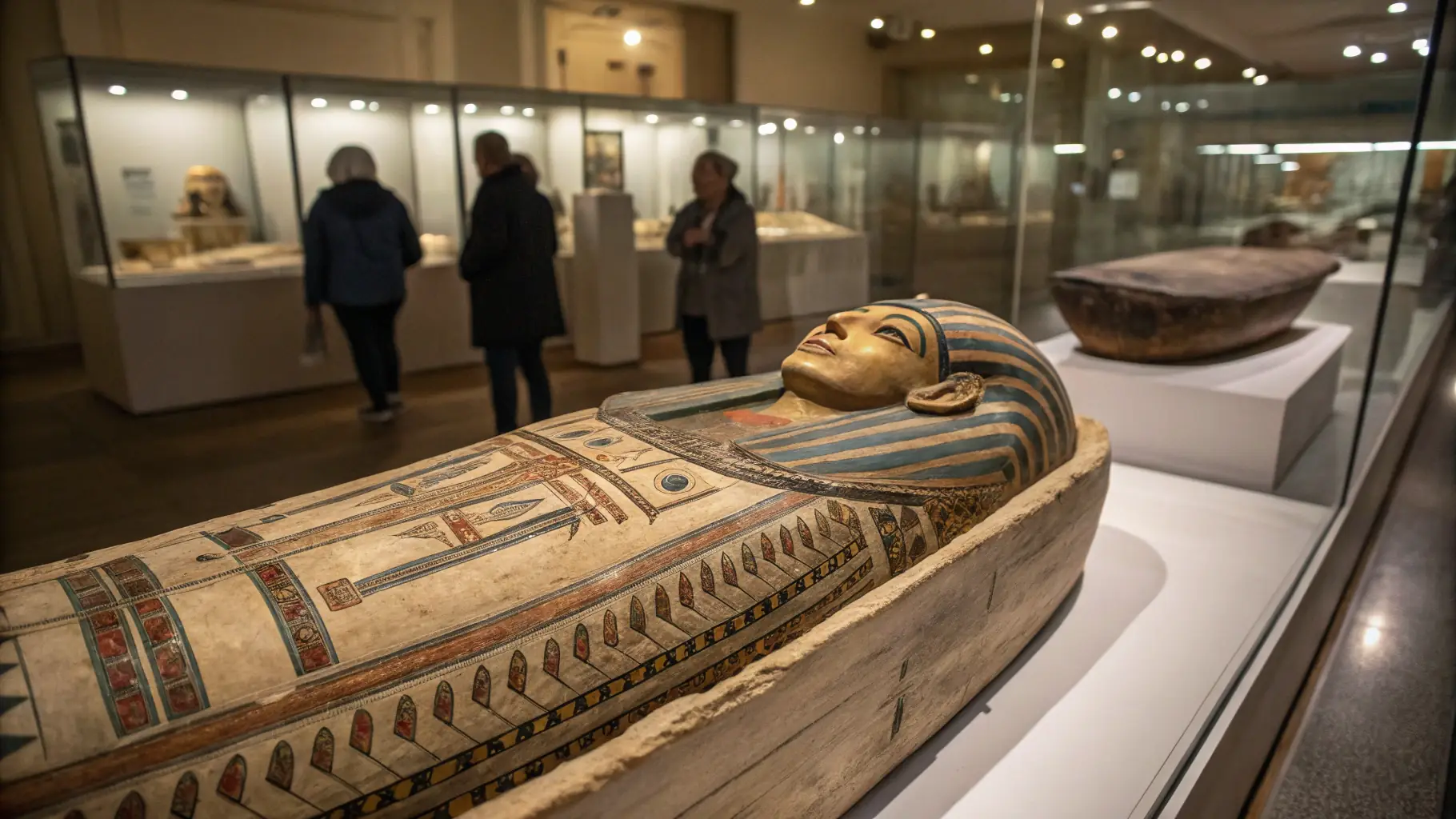Ancient Egyptian mummification practices were a complex and elaborate process, deeply rooted in their religious beliefs. The Egyptians believed in the afterlife and sought to preserve the body for the journey to the next world. This intricate process involved removing vital organs, treating the body with preservatives, and wrapping it in linen bandages. The mummification process was not uniform across all social classes. The wealthy and powerful often received more elaborate treatments, while the less fortunate still received some form of preservation. The materials and techniques used varied depending on the resources available and the social status of the deceased. The study of mummies provides invaluable insights into ancient Egyptian society, culture, and medical practices. The preserved bodies offer a glimpse into the daily lives, beliefs, and health of individuals from different eras. These discoveries continue to fascinate and enlighten us about the past.
The Significance of Cultural Festivals in Diverse Societies
Cultural festivals play a vital role in preserving and celebrating traditions and heritage.


